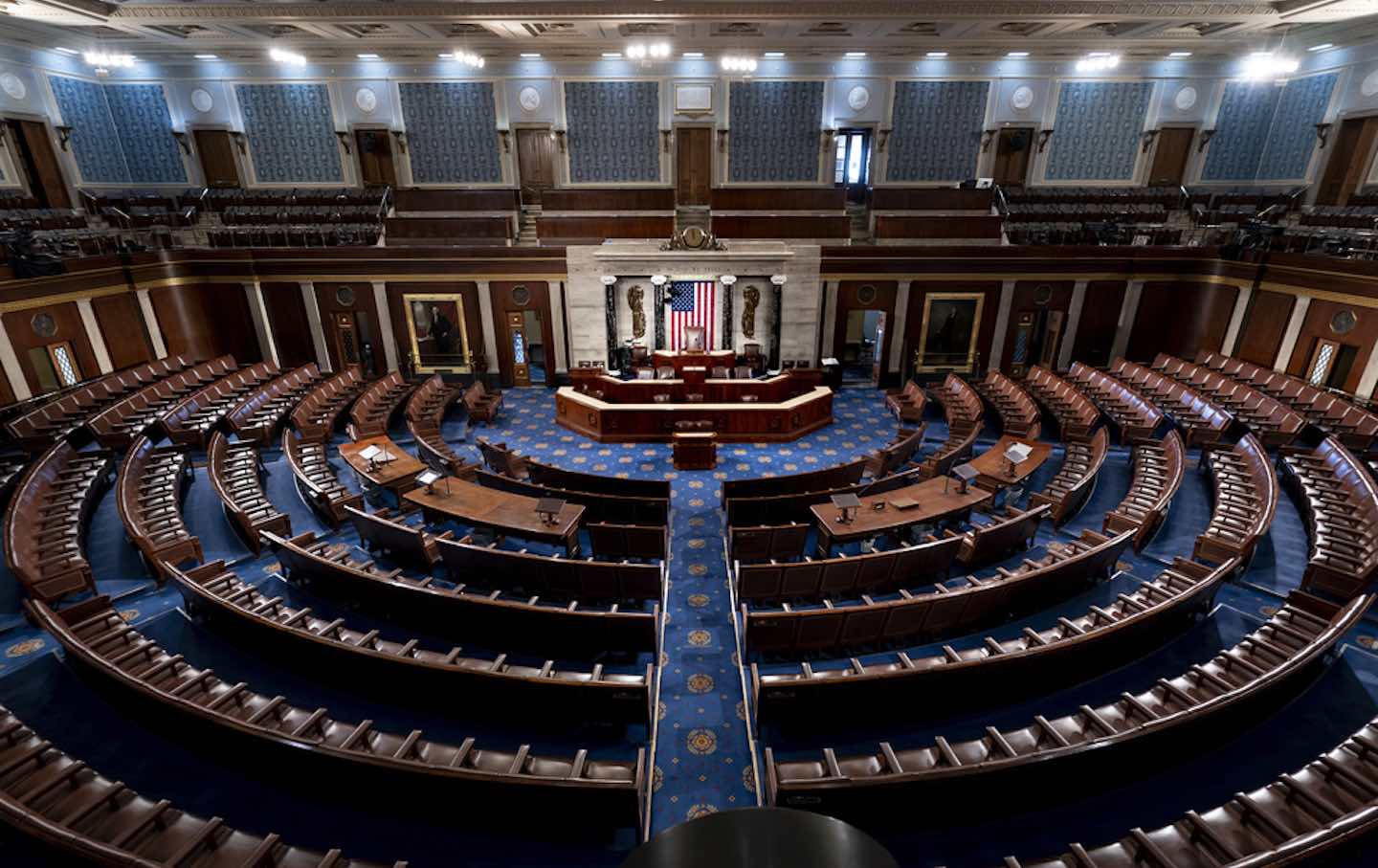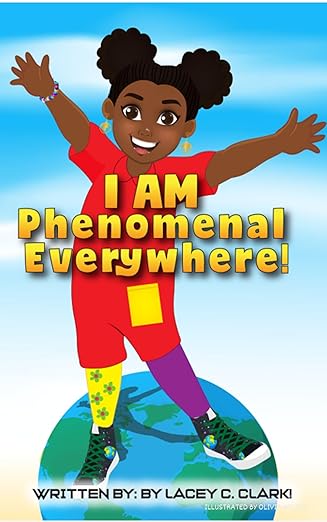(Akiit.com) Internet Movie Database sources report that Warner Brothers is spending over six million dollars to promote its new film The Blind Side. That’s twice the production budget of the controversial movie Precious. Toss that figure in with the myriad of contrasts between the two movies and the only apparent similarities become (1) two overweight African-American teens, one male, one female, and (2) both abused by magnified pathologies within the black community. Of course the subject of “The Blind Side,” Baltimore Ravens rookie offensive tackle Michael Oher, is real. But he’s not the star of the movie adaptation of Michael Lewis’s book. Warner Brothers is pushing the film as an “Oscar vehicle” for star Sandra Bullock, who plays Oher’s Southern steel magnolia of an adoptive mom. This hints at the root of the debate of the film even before it opens: as “feel good” and family driven as “The Blind Side” is promoted, it might just be the flip-side of Precious.
The original book “The Blind Side: Evolution of a Game” and the new movie are based on the relationship between a well to do white Memphis family, the Tuohys, and Michael Oher, an oversized homeless black teen who one of the Tuohy children brings in like a stray puppy. Spat out by the usual portrayal of black dysfunction – crackhead mamma, a community of poor dwellers of da Projects without any safety nets, extended family relatives who see white people as black folks’ sole hope – Oher (played by Quinton Aaron) is adopted by the Tuohys, (played by a blond and tarted up Bullock and country singer Tim McGraw).
The Tuohys quickly realize that the boy’s talents lay in football. Under their loving stewardship, Oher becomes a high school phenom, attends the Tuohy’s alma mater “Ole Miss” (the University of Mississippi) and, as if in a fairy tale ending, is drafted in the first round by the Baltimore Ravens, with whom he’s playing his rookie season as offensive tackle. At a sneak preview screening in Baltimore two weeks ago, and at the New York premier November 17 at the Zeigfeld Theatre, there weren’t many African-Americans present including Michael Oher, who’d just come off a Monday Night Football victory against the Cleveland Browns. His mom-spokesperson, Leigh Anne Tuohy, declared “He’s not going to movie theaters.”
Bickering and commentary in the press and blogsphere over “Precious” is legion. But what’s surfacing on the flip-side, as The Blind Side opens, appears to be a similar debate encompassing three long endured and disturbing entertainment trends.
First is the buzz over Hollywood’s usual alternative to the raw black pathology selling “Precious:” the “feel good” paradigm for portraying African-American woes. “This [The Blind Side] is more feel good stuff for white people, especially southern women and Tea Party haters…” says one commenter on a news blog. ” ‘I hate Obama but I love to rescue a fat black homeless child before I get my manicure.'”
Another remarks that this film is aimed at a white female “family” demographic. “Look at the movie poster. Sexy white housewife, brash and brashly dressed, guiding and touching this monster of a brother who’s gentle as a kitten off the field. This is all about them, rescuing us from ourselves.” At the sneak preview in Baltimore, of the few black people there, free pass winner Derek Simms quipped that the audience for “The Blind Side” might think this is more racially important than [HBO Obama documentary] “By the People.” His school tutor, played by Kathy Bates channeling her old “Fried Green Tomatoes” character, is of course a white woman. It’s not until the end that Oher makes any reflective statement on this new cocoon of white, suburban conservative Memphis, and the people he may have left behind.
Next is a subspecies of what film scholar Donald Bogle calls the “magic negro” Hollywood paradigm. On Facebook, social networkers have likened this movie to “Radio” or “The Green Mile,” wherein whites overcome their fear of the black man as mindless brute, and embrace cuddly, simple-minded or bear-like personifications. In that, the whites are transfixed and the black male becomes a part of their psyche and existence. A non-flashy, ethnically scrubbed humble hero. Another subspecies of magic negritude can be seen in more feminine, sisterly portrayals in “feel good” film such as “The Secret Life of Bees,” where white characters become immersed in and changed by loving blackfolk.
Finally, there is a sports angle: an aimless black child rescued from the dysfunction of the hood or the country, and given wings through his muscle. All at the loving direction of white caretakers–akin to a surrogate family–of high school coaches, college recruiters, agents and professional sports team owners. In return, the black boy never quite assimilates but gratefully plays his role until used up; the intellectual path to a university education is thereby neglected, even cut off. This path has been critiqued by reporter Bill Rhoden in “Forty Million Dollar Slaves,” and Dr. Todd Boyd. Indeed, the NCAA investigated the Tuohy’s motives in taking Oher into their family; perhaps Oher was just the raw material to be fed to Ole Miss. Oher’s high school coach–and Tuohy accomplice in developing Oher as a phenom–was hired as an assistant athletic director at Ole Miss as Oher was signing a letter of intent to attend the university and play ball there. The NCAA cleared the Tuohys but the coach was cited for some improprieties.
A few years ago, Michael Oher offered this view of Michael Lewis’s book upon which the film is based. “I see where some people reading it might think I’m not as smart, because that’s how the book reads. But people write books to sell books, and they’ve got to put some things in it to make it interesting.” That’s seems to be the extent of Oher’s public reflection–with his mother Leigh Anne of course giving the last word on her promoting the film with Warner Brothers: Michael’s too busy playing football to get into all this hoopla. Therefore , art imitates life as one critic describes the film: “Along the way, it would have been nice if Oher had been presented as something other than essentially a large prop.”
That critical statement might just sum up not only the film, but it’s allegory for Hollywood’s portrayals of black people, dramatized black dysfunction, and even how black males progress or not progress through our society, our culture. At least that’s what many African-Americans are saying out there. Better to be depressed and enraged by buying a ticket to “Precious,” apparently, then have to shrug all the way through “The Blind Side” while white audience clap.
Written By Christopher Chambers










Leave a Reply